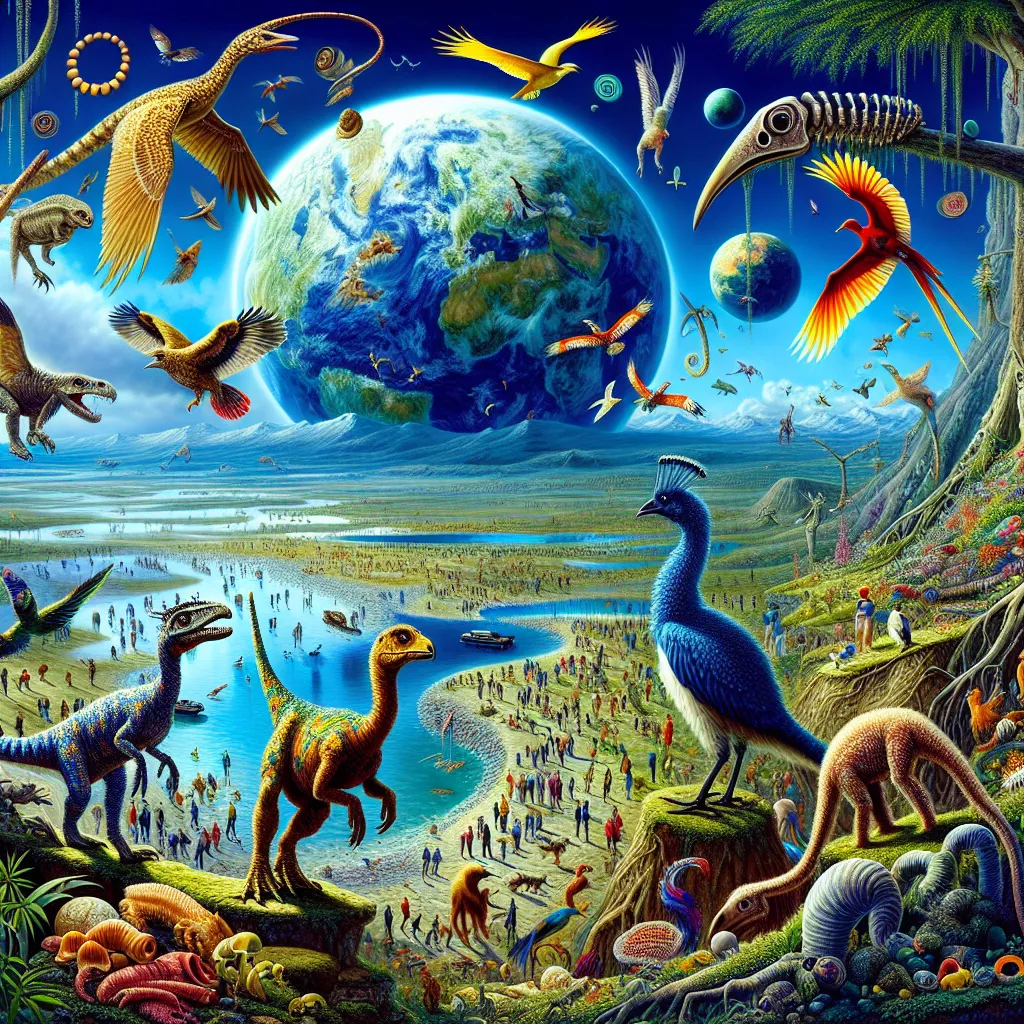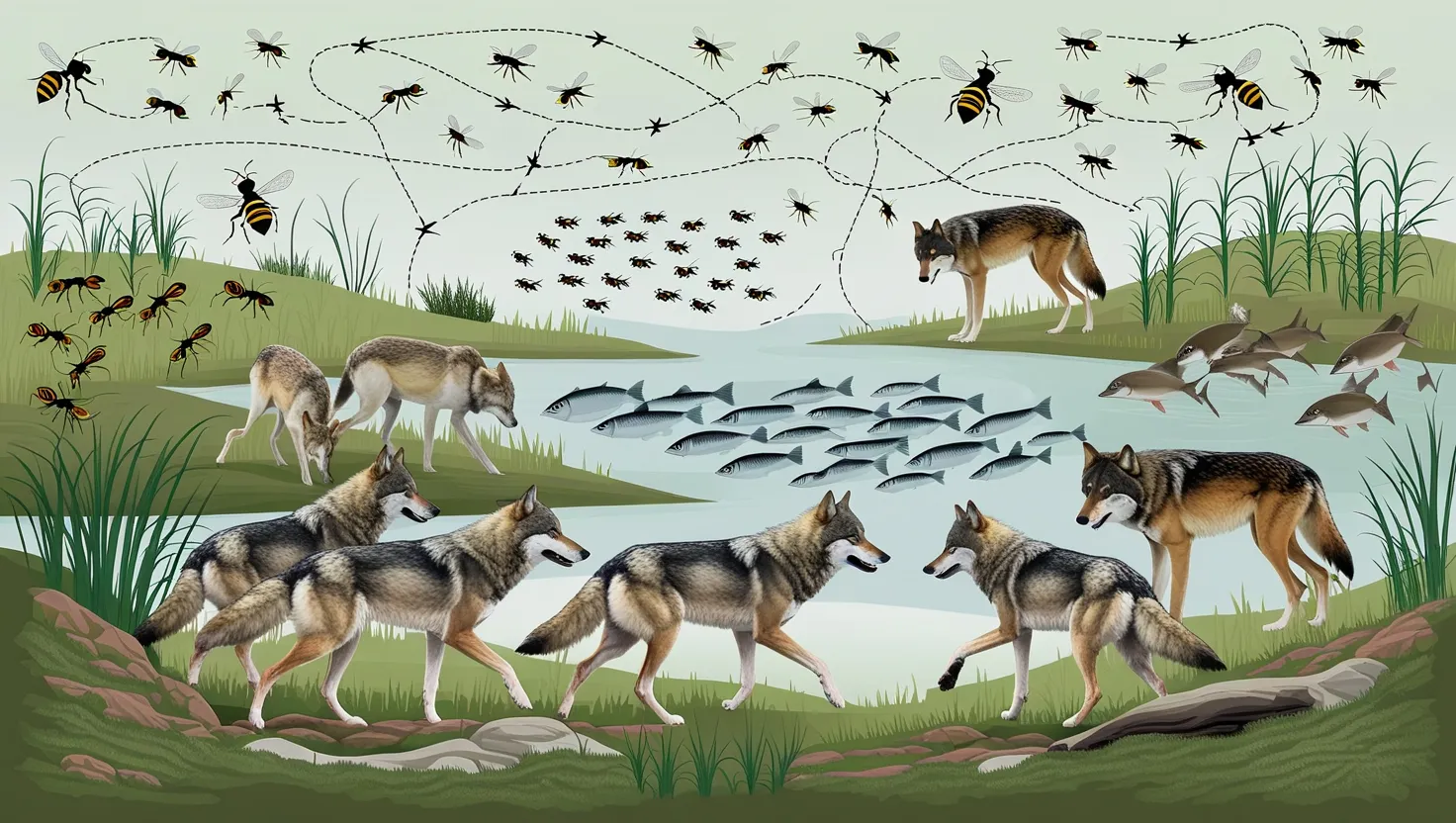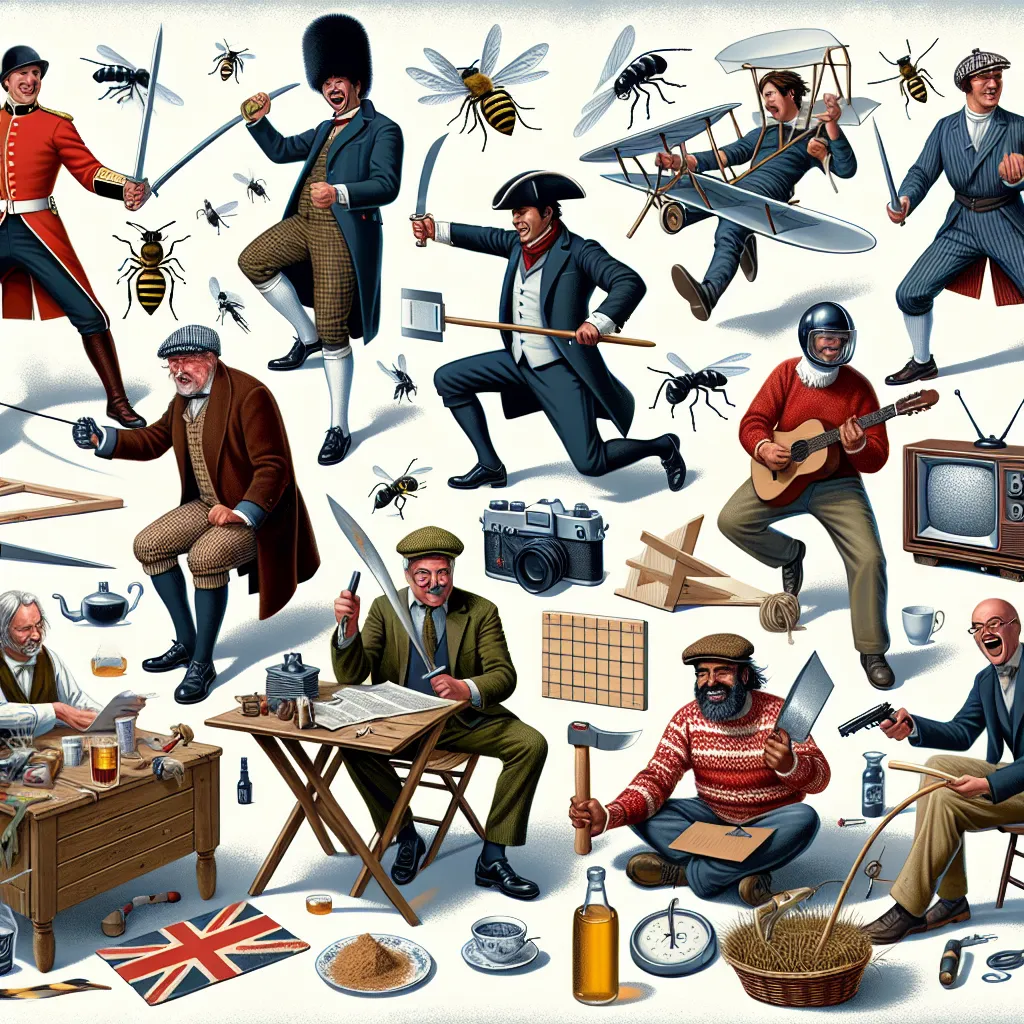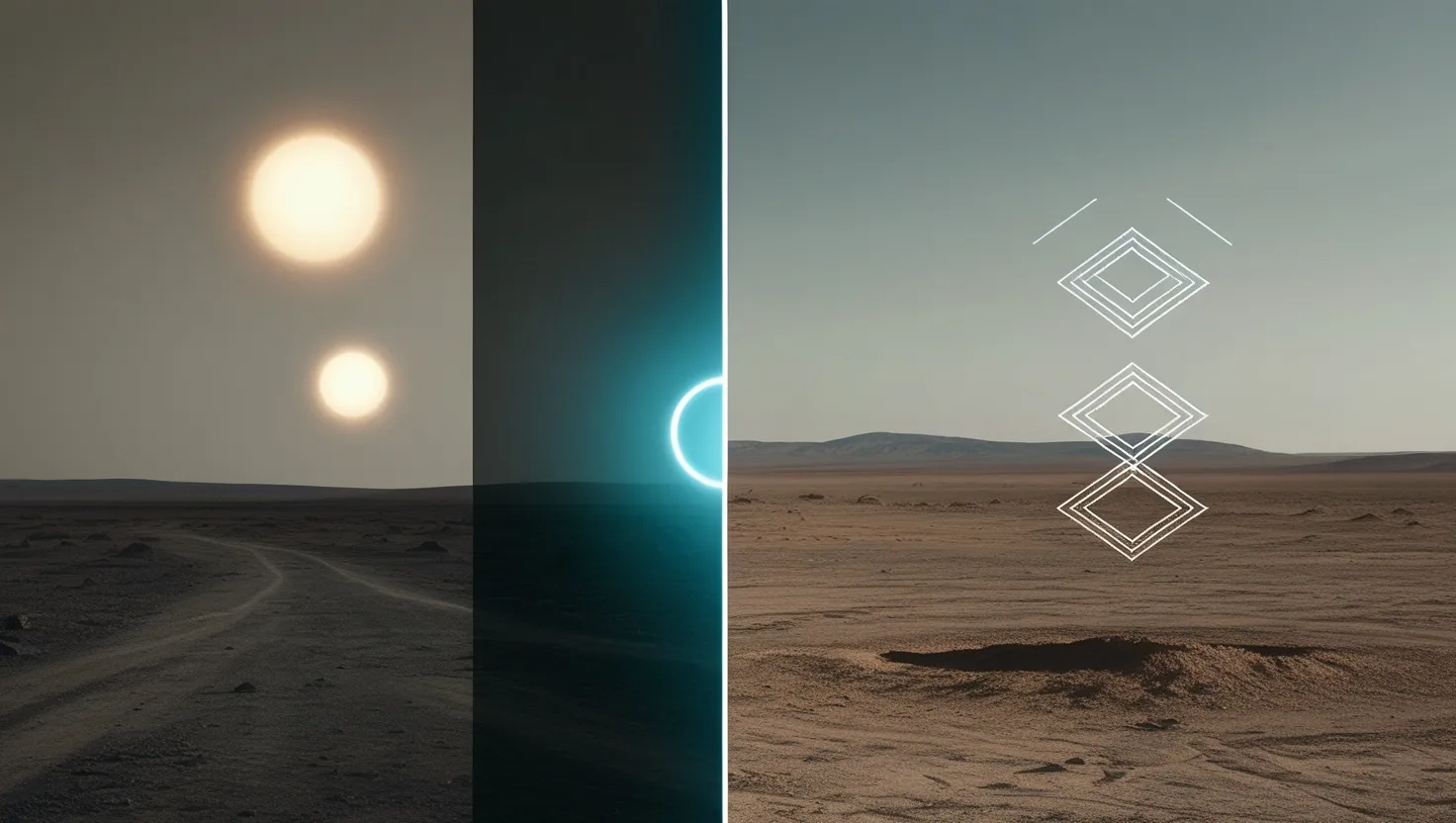Our planet, Earth, is brimming with life, and while many see this as a miracle, others, especially from the scientific community, attempt to explain it through natural processes. The theory of evolution, posited by Charles Darwin, has faced intense criticism for over 150 years. Some claim these gaps in the theory highlight the need for a divine creator. The debate remains fierce, with proponents on both sides holding strong convictions.
Darwin’s theory of evolution sprang from a five-year global voyage he undertook in 1831. Collecting fossils, plants, and animals, he developed a theory over the next 22 years. In 1859, he released “On the Origin of Species,” shaking the world with his insights. He made three key claims: life on Earth is ancient, evolving from simple beginnings; it diversified into many species over time; and natural selection drives this process.
One claim we can verify with relative certainty is the age of life on Earth. Examining ancient fossils, like those found in Western Australia, reveals that life began billions of years ago. Radiometric dating shows these fossils date back 3.56 billion years, solidifying Darwin’s assertion that life is incredibly old.
Next, let’s consider how life evolved from simple to complex forms. Darwin suggested species evolved over millions of years. The fossil record supports this, showing simple life forms appeared first, with more complex organisms arising much later. This evolutionary timeline holds under modern scientific scrutiny as well, with ancient bacteria found in early layers and more complex forms in later ones.
Darwin’s idea of natural selection—the driving force behind evolution—is perhaps his boldest and most challenged theory. At its core, natural selection posits that some traits give individual organisms a survival advantage. These advantageous traits are more likely to be passed down, gradually leading to the emergence of new species.
Critics argue certain complex features, like the eye, couldn’t have evolved step by step. Yet research shows the eye could indeed evolve in incremental steps, with each stage offering slight improvements over the last.
One fascinating example of evolution in action is the transition from fish to land animals. Fossil hunter Neil Shubin discovered Tiktaalik, a creature showcasing traits of both fish and early land animals, proving how life evolved from aquatic to terrestrial environments.
Furthermore, critics of evolution often point to gaps in the fossil record. However, fossil discoveries made since Darwin’s time have filled many of these gaps, providing transitional forms between major groups of organisms. Archaeopteryx, a transitional form between reptiles and birds, and numerous hominid fossils that bridge the gap between apes and humans, all support Darwin’s theory.
Even more compelling are the findings in genetic research. Genes, the instructions for building life, change over time through mutations. These changes can lead to significant evolutionary transformations. Scientists have found that many drastic changes in animal forms result from alterations in how genes are expressed rather than changes in the genes themselves. For instance, altering the expression of a single gene transformed a sea squirt’s simple heart into one more complex.
Lastly, the curious case of brightly colored male birds like peacocks, which should be easy prey, actually supports evolution. Females prefer males with more vibrant colors, which signifies better genes, thus driving the evolution of these traits despite the increased predation risk.
In conclusion, although Darwin’s theory of evolution was radical in its day and remains contentious for some, modern science consistently reinforces its validity. Every piece of evidence from geology, fossils, and genetics supports the notion that natural selection is the most rational explanation for the diversity of life on Earth. From the microscopic level to the vast array of species around us, Darwin’s insights remain a cornerstone of biological science.






